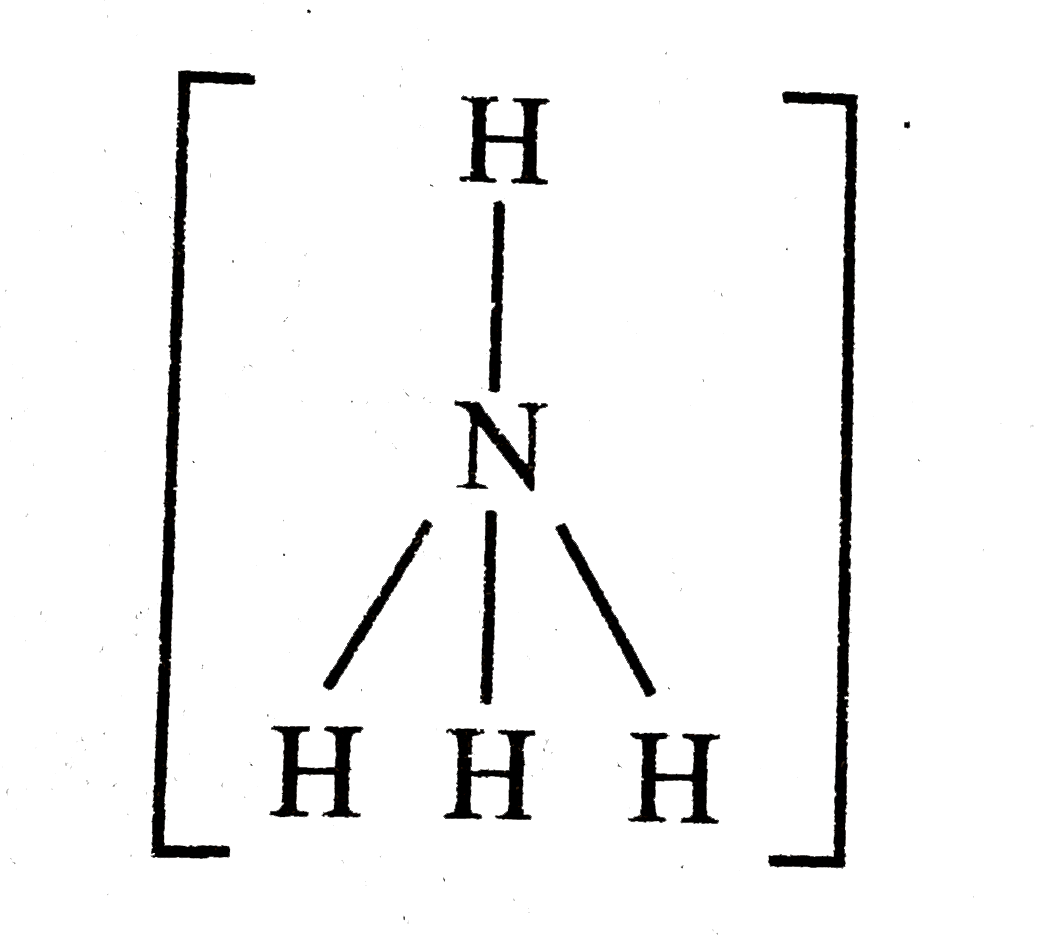A
B
C
D
Text Solution
Verified by Experts
The correct Answer is:
Topper's Solved these Questions
Similar Questions
Explore conceptually related problems
A2Z-CHEMICAL BONDING AND MOLECULAR STRUCTURE-Section D - Chapter End Test
- if assertion is false but reason is true.
Text Solution
|
- PCI(5) exists but NCI(5) does not because
Text Solution
|
- Among the following species, identify the isostuctural pairs NF(3). ...
Text Solution
|
- The bond order in CO(2)^(2-) ion between C - O is
Text Solution
|
- The order of dipole moment of the following molecules is
Text Solution
|
- Which of the following resonating structure of N(2)O is the most contr...
Text Solution
|
- Number of H-bonds formed by a water molecule is:
Text Solution
|
- The correct order of decreasing C-O bond length of (1) CO,(II)CO(3)^(2...
Text Solution
|
- In which of the following the central atom does not use sp^(2) hybrid ...
Text Solution
|
- The number is S - S bonds in sulphar trioxide times S(3)O(9) is
Text Solution
|
- Bonds presents in CuSO(4) .5H(2)O is
Text Solution
|
- From the following which group of elements easily forms cation
Text Solution
|
- The high folowing points and insolution in orgaints solvents of sulph...
Text Solution
|
- On analysis ,a certain compound was found to cootains iodine and oxy...
Text Solution
|
- The acid having O - O bond is
Text Solution
|
- Which of the following does not have a coordinate bond ?
Text Solution
|
- Which bond angle theta would result in the maximum dipole moment for t...
Text Solution
|
- In a polar molecule , the ionic charge is 4.8 xx 10^(-10) esu. If the ...
Text Solution
|
- If the electron pair forming a bond between two atoms and B is not in ...
Text Solution
|
- Which of the following have both polar and non-polar bonds?
Text Solution
|
